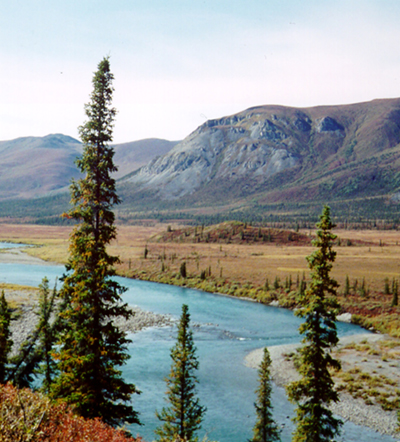There aren’t many inhabitants in the remote northeastern corner of Alaska, and that’s completely by design. The area remains off limits to development, excepting the caribou and Dall sheep that call the North Slope home or the polar bears and beluga whales found along the Beaufort Sea coast. It has been 50 years since the 19.3 million-acre Arctic National Wildlife Refuge was established, and though its barren tundra and snow-capped peaks appear as majestic as ever, their future survival as untouched pieces of the American landscape is less than certain.
When nearly 9 million acres were first designated for protection under President Eisenhower in December of 1960, the public land order drafted by the Interior Department explained that the measure was being taken “for the purpose of preserving unique wildlife, wilderness, and recreational values.” The refuge has been greatly expanded since then, most notably under President Carter in December 1980, eventually resulting in the cordoning off a territory nearly the size of South Carolina. And yet, conservationists of previous decades could not have anticipated the human intrusion that has begun to take place by means other than direct encroachment on the land. The U.S. Fish and Wildlife Service, which manages the territory, reports a five to seven-degree Fahrenheit temperature increase in the region over the past fifty years, (understandable given the Arctic’s accelerated warming trends). The effects are already being seen in the form of thinning sea ice and coastal erosion.





 Facebook
Facebook Permalink
Permalink Digg
Digg Reddit
Reddit LinkedIn
LinkedIn StumbleUpon
StumbleUpon Tumblr
Tumblr

